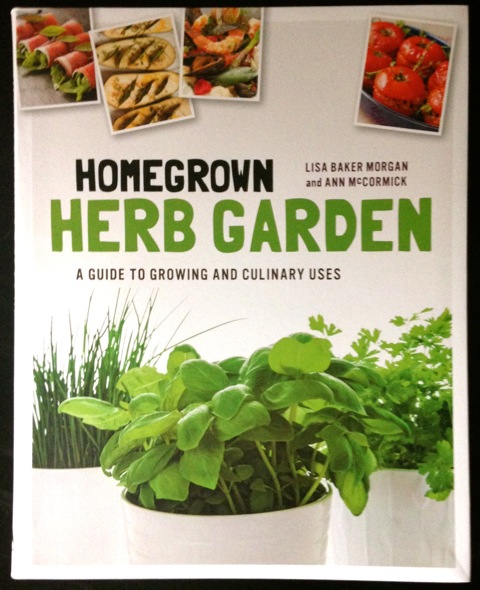
fruit is dessert
Children today do not consider fruit to be dessert. To them, cake, ice cream, or a piece of pie is dessert and adults‘ ideas of what constitute dessert is no different. However, it is our routine and excess consumption of added sugar (sugar found in these commonly thought of desserts) that is ruining our health and the health of our children. The American Heart Association (www.heart.org/HEARTORG) estimates that one of three American children is overweight or obese which is causing children to have high blood pressure, type 2 diabetes, and elevated blood cholesterol levels. The statistics for adults are no better.
Are you consuming excess added sugar? The AHA recommends that women consume only 24 grams (100 calories) of added sugar per day which is equal to 6 teaspoons (or 2 tablespoons). The recommendation for men is 36 grams (150 calories) per day which is equal to 9 teaspoons (or 3 tablespoons). For reference, a 3 1/2 ounce piece of chocolate cake has approximately 428 calories, 38 grams of sugar, 16 grams of fat, and 73 grams of carbohydrates. While by no means am I advocating the elimination of chocolate cake, we need a reminder that fruit is dessert.
This week’s simple pleasure is pears poached in red wine and brewed chai tea. Pears are in season and they store well. They are nutrient dense with fiber, no saturated fat and no cholesterol, and a 3 1/2 ounce pear contains only 58 calories. Although fruit is typically poached in simple syrup (equal amounts of granulated sugar and water) combined with spices and sometimes wine, my recipe is different. The poaching liquid is a combination of the pears’ peels, brewed chai tea, red wine, reduced apple cider, spices, and only one tablespoon of agave nectar.
This dessert is simple to make. It takes 20-30 minutes to poach the pears. The pears can be served warm or at room temperature. They can be served out of the pot you poached them in or out of a large bowl and spooned into shallow soup bowls with some of the poaching liquid. You can also reduce the poaching liquid down to a syrup and spoon it over the pear. As an added bonus, the pears can be stored in the refrigerator in their poaching liquid for a few days, making it a great dessert to do ahead of time and have on hand. When you do store them, they become a deeper rose color going perfectly with the autumn season.
A quick note about the ingredients. Use a quality chai tea preferably loose leaf (it was actually the delicious chai tea at Caffe Luxxe which inspired me to write this recipe). The wine you use should be mild and fruity, I recommend something from the Loire Valley if you can find it. When deciding how much money to spend on the wine my general rule is that you should use a good wine that you want to drink, but not one that you would sip and savor. Lastly, use ripe pears (without soft spots or bruises) that are still firm but slightly give at the neck when pressed on. Pears should not be purchased soft unless you are going to use them immediately (pears decline rapidly). Rather, chose pears that are firm, put them in the refrigerator for a couple of days, then store them at room temperature in a brown paper bag. Do not use Asian pears for this recipe because they are too juicy and crisp and their best attributes will be lost. Rather, use European pears. Bosc pears (with their elegant long necks) and Seckel pears (also called sugar pears which are sweet and a perfect size) are my favorite. However, I also use Comice pears (Doyenne du Comice) and d’Anjou pears (Beurré d’Anjou) although of the two I prefer the taste of the Comice for this recipe because of their winey overtones. Simple. Easy. Delicious. Dessert is served.
Je vous souhaite un bon appétit !
LM
Read the rest of this entry »








